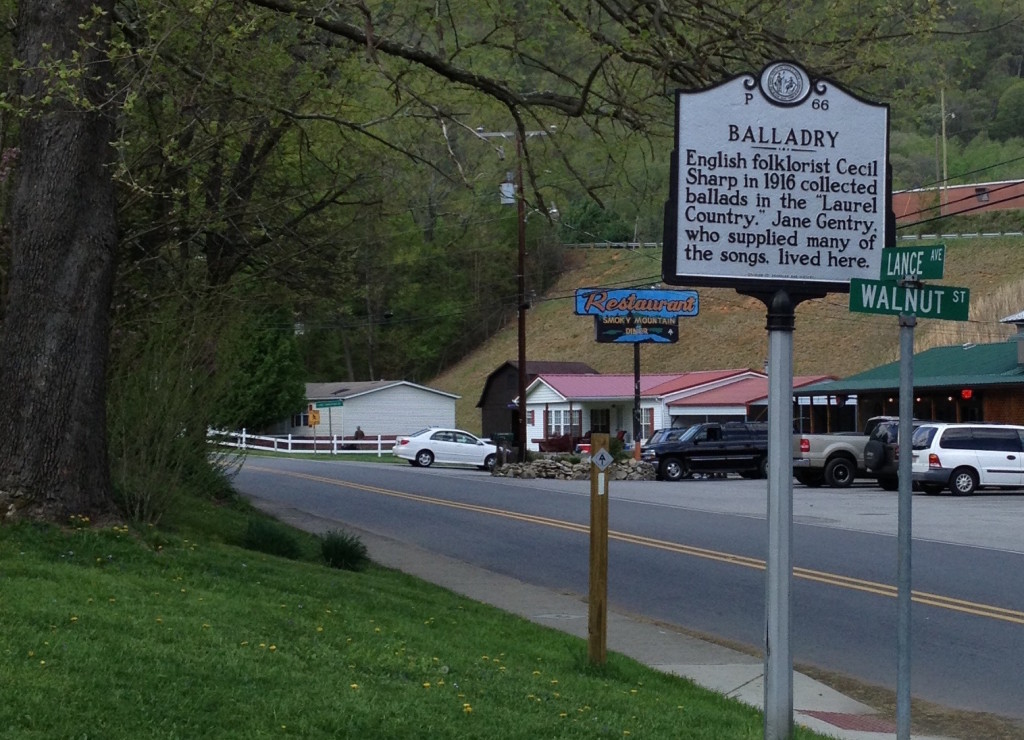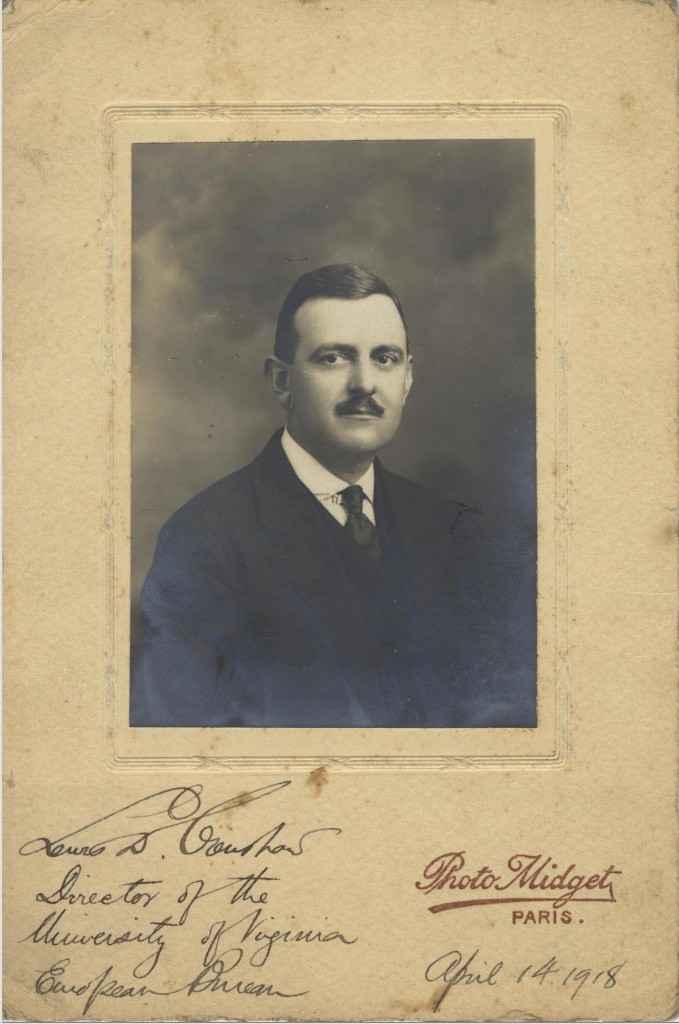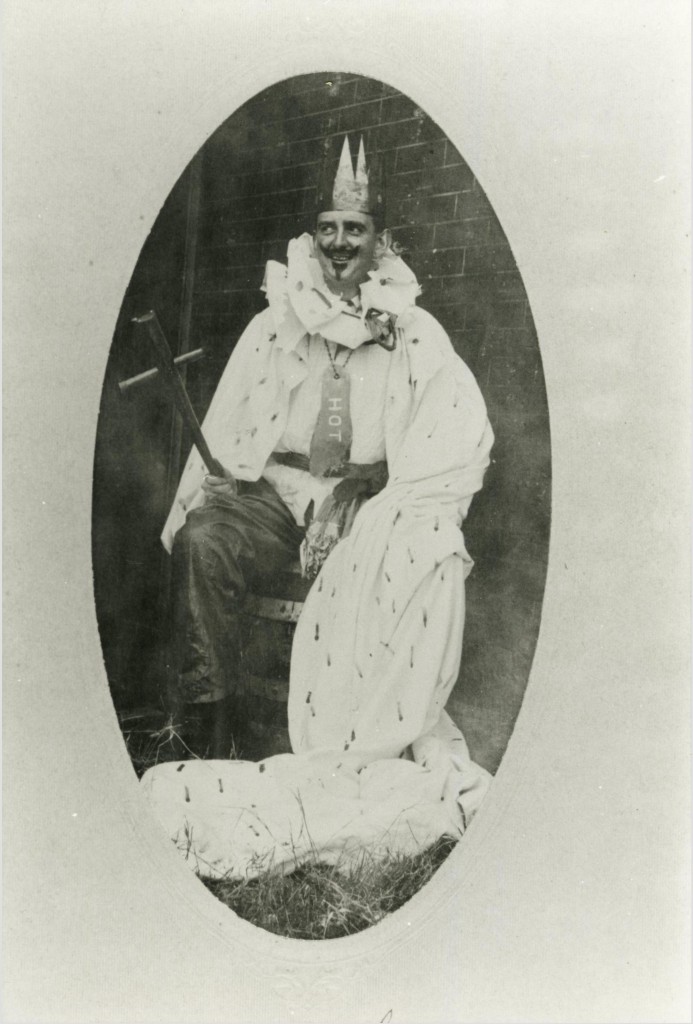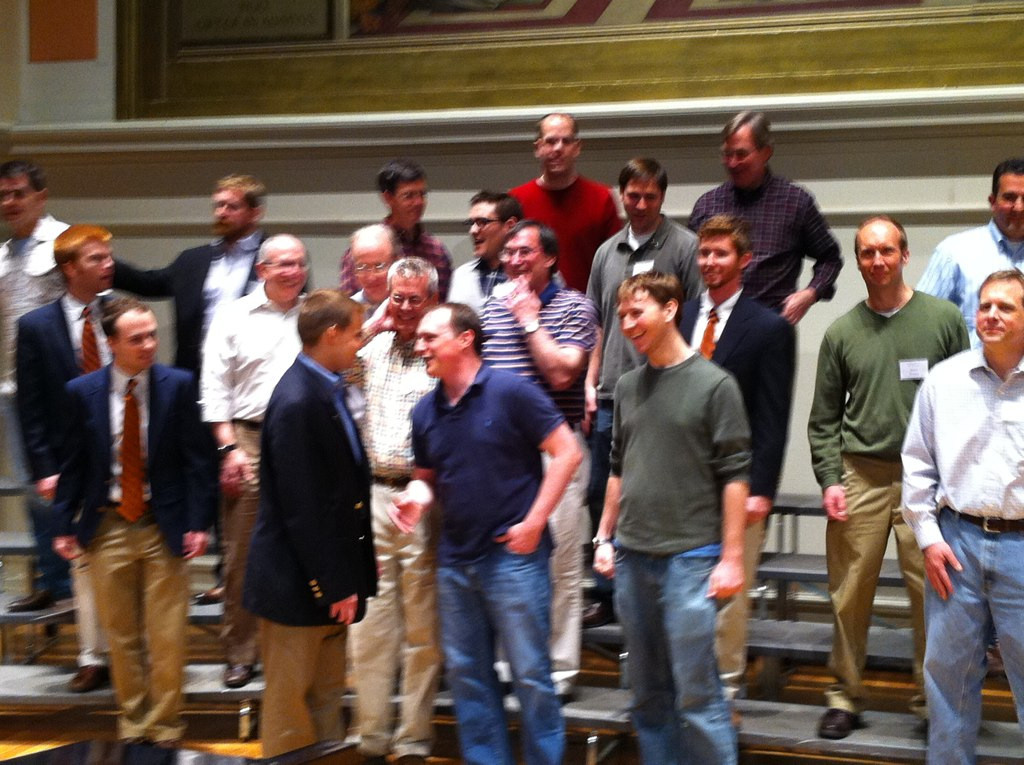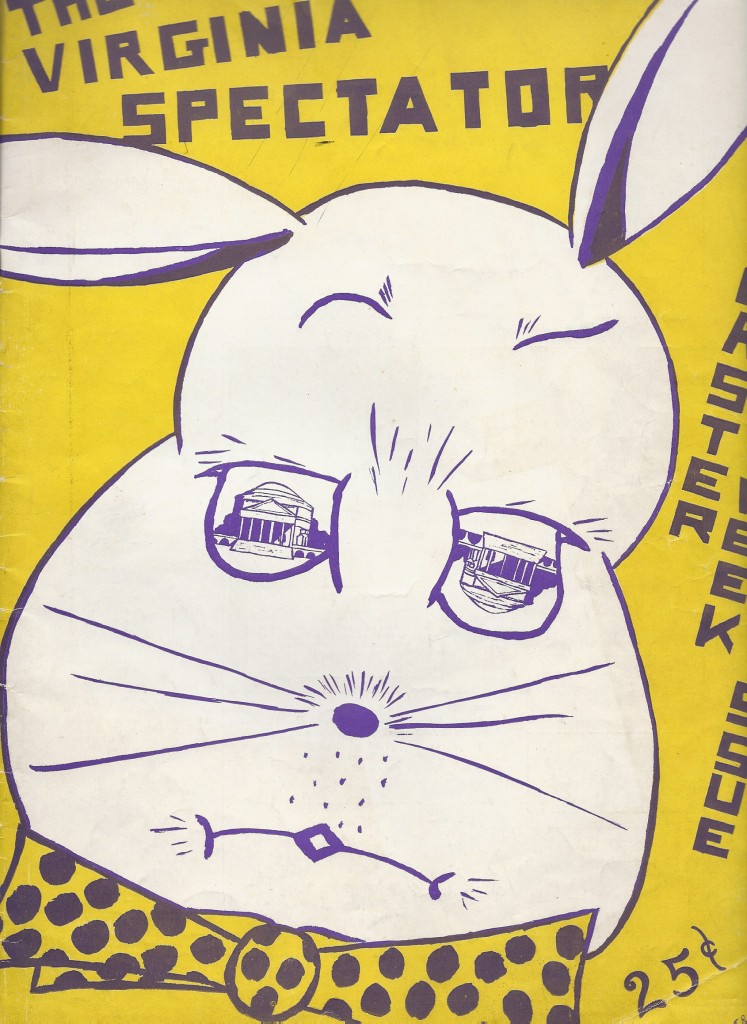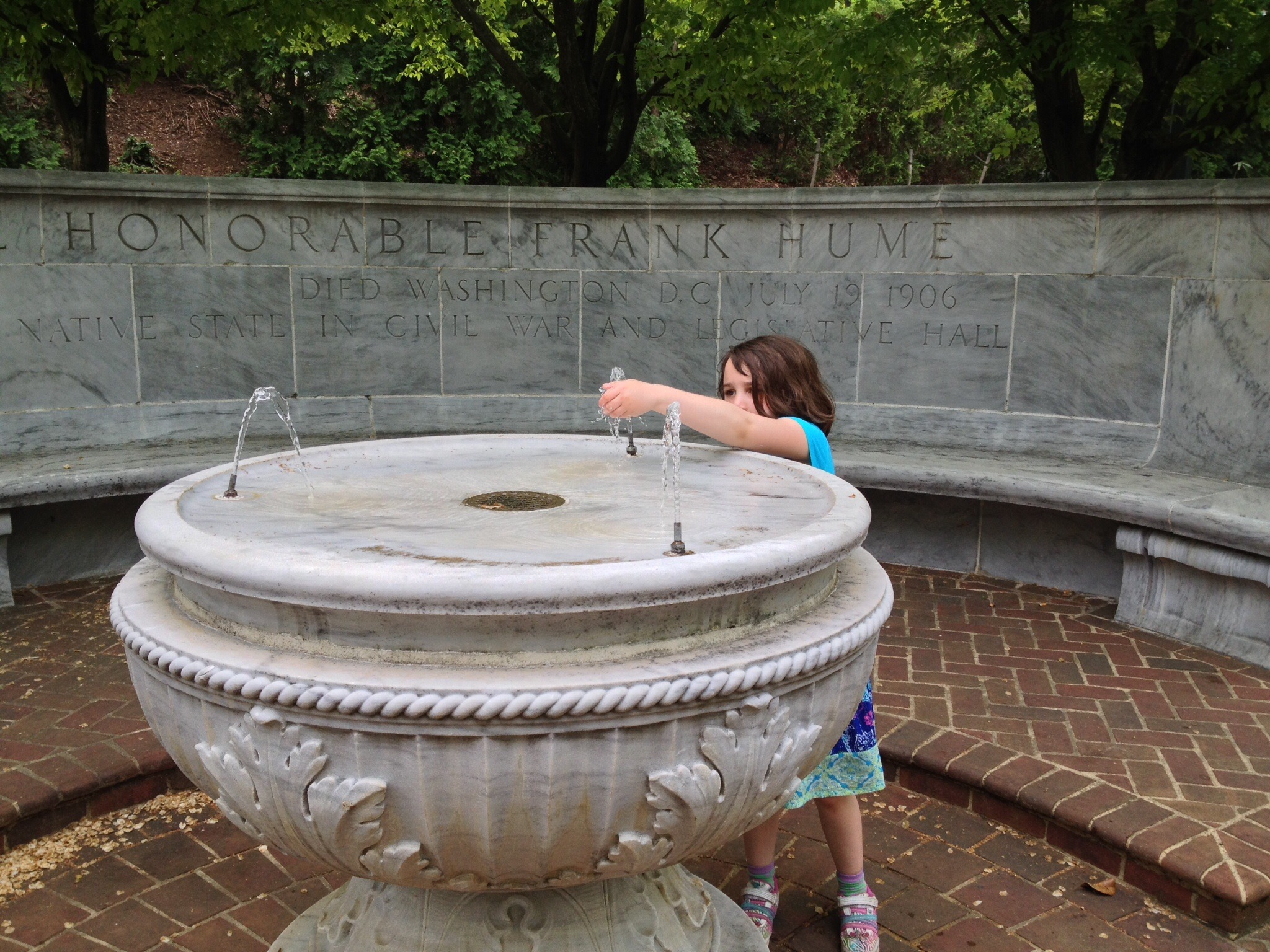
Members and alumni of the Virginia Glee Club have contributed many things to the University, from musical theater to classical performances to “The Good Old Song.” But until this weekend I didn’t know that they had also contributed a piece of the University’s facilities.
I read through the 1905 edition of Corks and Curls in the San Francisco airport Friday morning. (I know, I know: the high life.) I found a page on the 1904-1905 Glee Club that I had previously missed. It listed two Humes, Howard and John, as among the officers of the combined Glee and Mandolin Clubs. Over the weekend I did some research on them.
Howard Hume, it turns out, was quite the adventurer. A physician, he got an officers’ commission in the Army Reserves in 1913 and went to Europe as a surgeon attached to the British Army during World War I. He was head of surgery and later head of the hospital at a series of camps, forts and other army posts for the next few years, even spending a few years on Corregidor in the 1930s. He continued to serve in Army hospitals across the American south in his early 60s during World War II.
His brother John Edmund Norris Hume worked as an engineer for GE. We know less about his background, except for one sentence in the finding note for the archives of the president of the University, John Newcomb: “J.E.N. Hume-Memorial Fountain.”
John and Howard were the sons of Frank Hume, Civil War veteran and noted producer of whiskey in Alexandria at the turn of the century. And apparently John was the major donor for the fountain and wall—the Hume Memorial Fountain, with its whispering wall—that once sat in front of Monroe Hall and now is at the end of Newcomb Plaza.
So Glee Club alumni have contributed not only song, but also physical monuments to the University.

